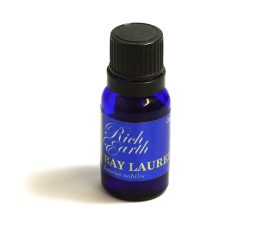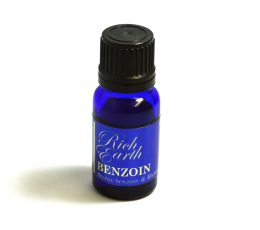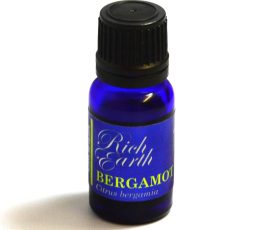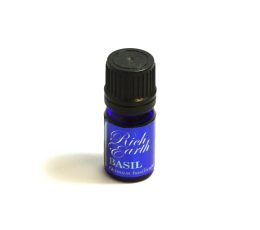Rich Earth certified organic and wildcrafted oils. Bringing the very best of nature for you to enjoy.
When purchasing essential oils, one of the most important things to know about is the quality.
Not all essential oils are created equal – many are of very poor quality, adulterated (with synthetic ingredients or cheaper oils) or unsustainably harvested.
We choose only pure therapeutic grade essential oils, that are certified pure organic, or ethically wild-crafted.
We believe in looking after you and our planet.
What are Essential Oils?
Essential oils are made from various parts of plants, producing concentrated plant extracts. These oils (sometimes referred to as “volatile oils” retain the natural aroma and flavour of their source material. Extraction is through careful mechanical pressing or steam distillation. Some oils are produced by carbon dioxide extraction and some (often low-yield oils) are produced with the use of chemical solvents.
The composition of each essential oil is unique. Naturally-occuring chemicals influence how they smell, their absorption, and their effects on the body. This natural composition varies within the same plant species, or even from plant to plant.
Even the oil produced from the same plants on the same farm may vary from season to season, depending on a range of factors. The amount of rainfall, sunshine, time soil condition, time of harvest and so on all affect the natural chemistry of each plants volatile oils.
Many oils sold as essential oils are wholly synthetic or may be blends of various cheaper oils and/or synthetic oils. Synthetic oils are not considered true essential oils.
Are Essential Oils Safe?
Natural does not mean safe. But used correctly, essential oils pose a very low risk of harm.
One example is associated with endocrine disrupting chemicals (EDCs), which have been associated with several health issues. These substances occur in the environment (air, soil, or water), some foods, personal care products, and manufactured products. Lavender and tea tree oil may also act as EDCs, and as such, can interfere with the normal function of the body’s hormonal system.
A possible link was found between the development of breast tissue in separate cases involving 3 young boys and the topical use lavender and tea tree oil. An investigation revealed that these oils may exert weak oestrogenic and anti-androgenic activities, contributing to an imbalance in hormonal signalling.
Worthy of note is that quality control of products used in commercial preparations such as soaps, gels, shampoos, scented lotions and so on is difficult to determine. These were the sources of the essential oils in these case reports.
Allergens in Essential Oils
Allergic contact dermatitis is a type of hypersensitivity reaction that can occur after repeated use with an allergen. Personal care products are well known for containing preservatives and fragrances that result in such hypersensitivity reactions. While “fragrance” grade oils are commonly implicated as they often undergo treatment to remove or add compounds, sensitisation can occur to unadulterated oils as well (Ref)
The most commonly implicated oils are lavender, tea tree, peppermint, ylang-ylang, lemongrass, sandalwood, jasmine absolute and clove oil. Reactions are more likely to occur from topical use, but cases of airborne contact dermatitis have also been reported in sensitive individuals.
At Rich Earth, we evaluate the chemical profile of each oil by reviewing it’s gas chromatography / mass spectometry (GC-MS) report. This report is the equivalent of a blood test for humans in that it demonstrates the unique chemical properties of that batch of oil.
Plants are very complex from a chemical point of view, and essential oils are no different. GC-MS can help confirm various chemical profiles, determine ingredients in a blend, characterise different species (such as different varieties of lavender), and even predict where the plant was grown.
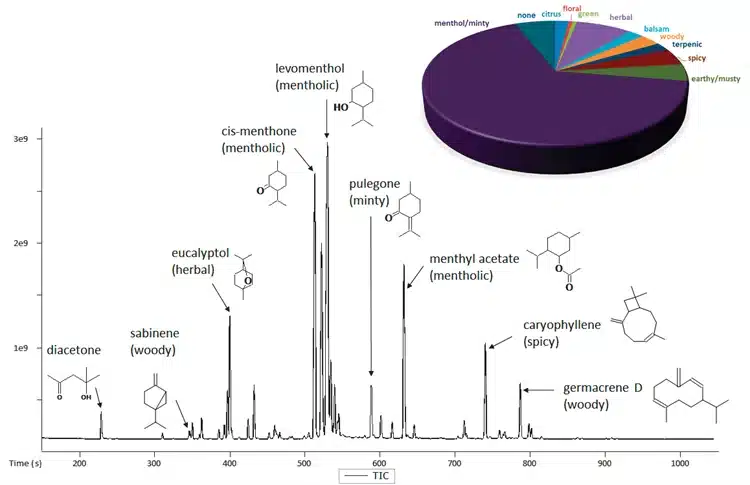
How to Use Rich Earth Essential Oils
There are many ways to use essential oils – a few drops in the bath, in a burner or added to a massage lotion are great ways to use most oils.
Some are also fabulous do use as totally natural perfumes. Rich Earth Rose, Jasmine and Neroli are just some examples – you can purchase them already diluted in organic jojoba oil, so you can use directly on the skin.
We recommend having a nature’s first aid kit on hand for dealing with cuts and abrasions, bites and stings, burns and sunburn, muscle aches and pains, acne and more. Here are our best picks for your medicine cabinet.
Essential Oil Basic Kit
Lavender. Nature’s cureall of the essential oil world. Aids the healing of burns, cuts, rashes and stings. Calms the nervous system, thus reduces anxiety and aids sleep.
Kunzea. The better tea tree. Kunzea is known as white tea tree or tick bush and is closely related to the New Zealand Kanuka. Kunzea is unsurpassed for easing the itching and pain of bites and stings. It is an effective antimicrobial and a useful ingredient in a throat gargle. Ideal for muscle aches and pains.
Peppermint. A great choice for stimulating the circulation. Used to improve pain in joints, muscles, relieve headaches, alleviate digestive problems such as reflux and indigestion, reduce fevers and aid breathing problems such as blocked sinuses, asthma and bronchitis
Frankincense. Recently proven to have anti-tumour activity, frankincense is a fabulous additive to any skin care product. It is anti-inflammatory, heals bruises, reduces scar tissue, as well as calming the nervous system and the breathing. Great for asthmatics
Manuka. From wild-grown manuka trees in the East Cape region of New Zealand, manuka is well known for it’s anti-bacterial properties. Add to creams for treating – and preventing – infected wounds.
Fragonia. This one is just for you. Emotionally balancing and uplifting, we love the bright aroma. We’re confident you will too.

